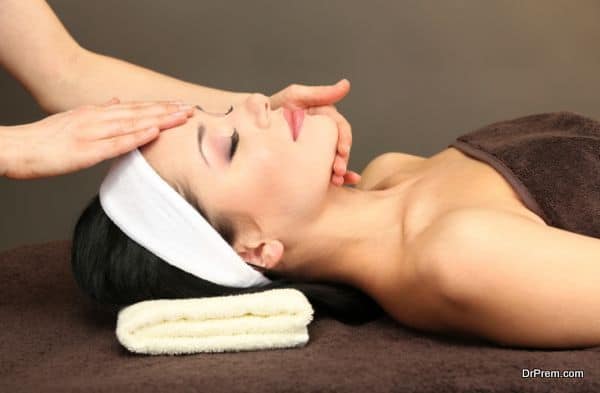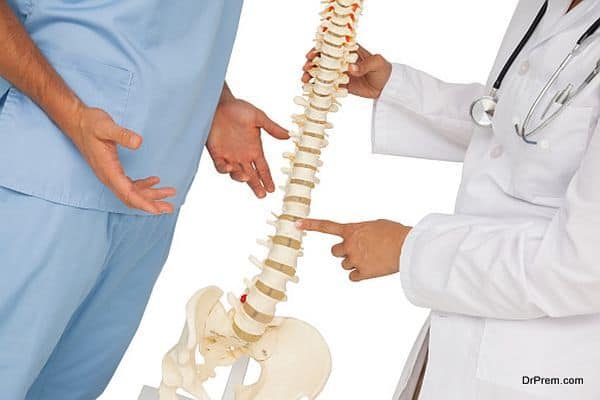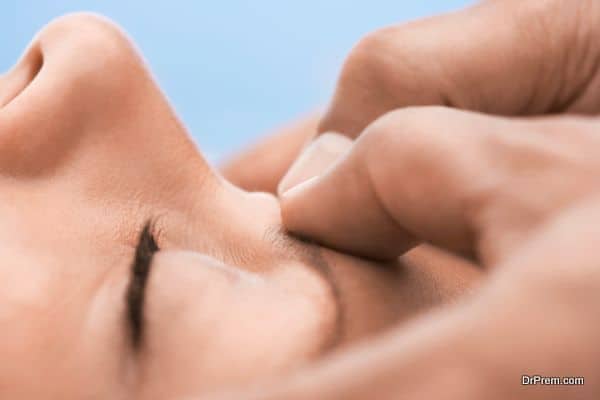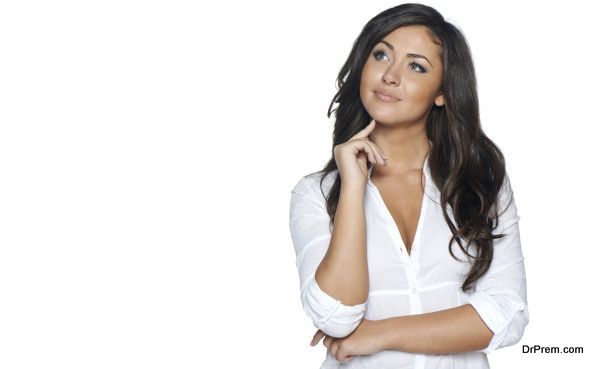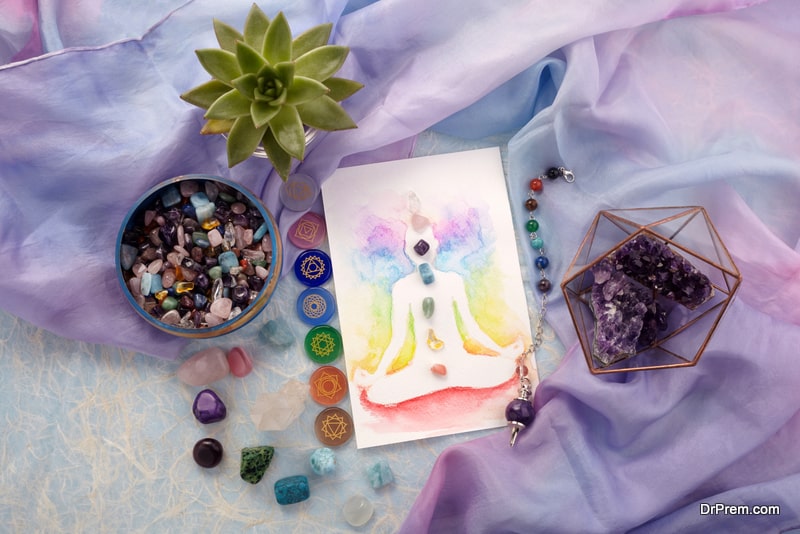Cranial osteopathy/cranial therapy/craniosacral therapy are a form of osteopathic manipulative therapies that stimulates healing procedures using a gentle hand pressure. This gentle pressure manipulates the skeleton and connective tissues, especially that of the skull and the sacrum.
This treatment is based on a belief that the central nervous system, in addition to brain and the spinal cord are subjected to rhythmic pulsations. These pulsations are important for the well-being of the person and only a highly skilled professional in cranial osteopathy can detect these pulsations.
An osteopath named William Sutherland put this treatment forth in 1930s. However, this theory was given thumbs up only in 1970s by the researchers at Michigan State University’s College of osteopathic medicine. They highlighted the motions of the cranial bones in the X-ray films of the skulls.
Conditions that can be treated with cranial osteopathy
Cranial osteopathy is a treatment measure that can cure numerous conditions. The prime amongst these are:
- Migraine
- Asthma
- Sinus
- Attention deficit hyperactive disorder (ADHD)
- TMJ syndrome
- Irritable bowel syndrome
- Seizures
- Scoliosis
- Neck pains
- Disturbed sleep cycles
- Ear problems
- Menjere’s disease
This procedure is also helpful in making cancer patients feel more relaxed and helps them combat stress and tension.
Purview to the visit to a practitioner
When visiting the practitioner, you will first be asked about your medical history especially that related to your injuries and circumstances of your birth. Then an extensive inquiry is conducted about the symptoms and the life style habits that you carry. After this, the practitioner checks for the restricted motion areas of the cranial bones and the sacrum. To make a correct observation, the practitioner may use other manipulative techniques in order to relax the muscles around the areas of spine and body joints.
These sessions have a very calming effect on the patients. The treatment session lasts for almost 45 minutes to an hour. You might experience pleasant tingling sensation throughout the body while the treatment procedure is being conducted. A gentle pressure is applies using hands to free up the restrictions in the movements of cranial bones and the associated soft tissues. This stimulates the flow of cerebrospinal fluid that affects the surfaces of the spinal cord and the brain.
Other therapies that work well with this treatment
Cranial osteopathy is known to produce effective results in conjunction to other medical treatments such as osteopathic, dental, and chiropractic treatments. The cranial academy offers cranial osteopathy for patients in pain, undergoing various other kinds of therapies. These patients are way too sensitive to be able to tolerate other approaches.
Governing body for cranial osteopathy
Training in the cranial osteopathy is provided by the international membership organization namely Osteopathic Cranial Academy. This training is given to qualified healthcare practitioners that include doctors of osteopathy, medical doctors, dentists etc. The eligibility standards for availing the training are set through official registry in accordance to various countries. A certificate of proficiency is given to the members who complete their intensive postgraduate studies in the field of cranial osteopathy by the academy.
Few side effects
Though this measure has gained increased popularity in the recent past, it has come to notice that people have complained about various side effects after availing the treatment of cranial osteopathy. It has been reported that nearly five percent of patients with head injuries felt worse after being treated through cranial osteopathy.
Summary
Cranial osteopathy is a manipulative therapy that is known to treat a number of medical conditions. This treatment procedure comes into practice with gentle pressure applications to free the restricted movements in the joints, head and the spinal cord.


